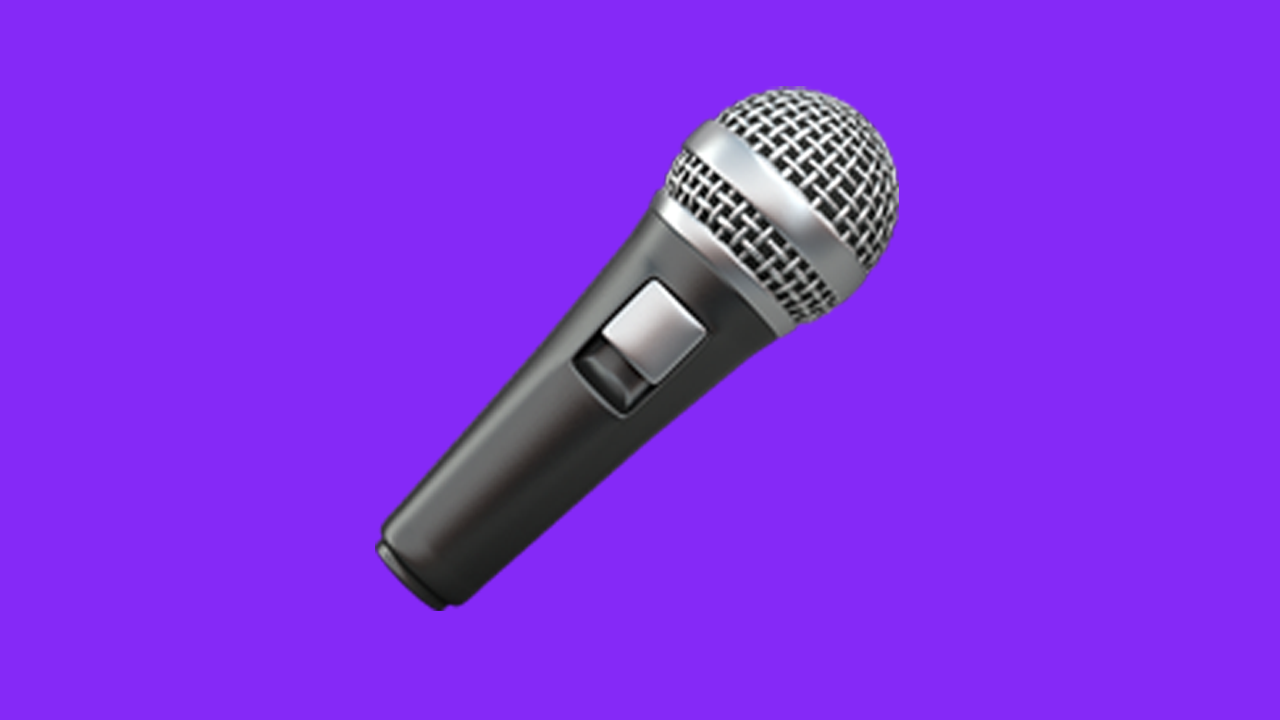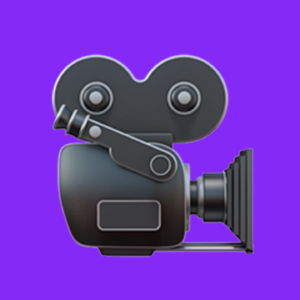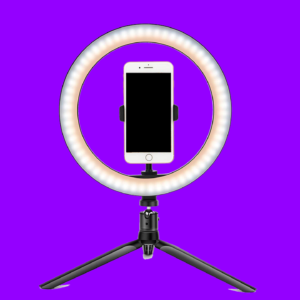Beyond stable footage, the next step on upgrading your kit should be in the audio department. People won’t watch even the most breathtaking footage if you can’t understand what is being said. Here is where you have some options on the method to take. Assuming you want to work quickly and don’t want to spend every cent in your piggy bank, the easiest choice is an on-camera shotgun mic.
Plenty of small and quality on-camera options are available. Some are of course better than others, but the reason to go with it is that they have a very directional pickup pattern. What does this mean? Simply put, it means the microphone will reach out and grab the voices of people directly in front of it while rejecting noise coming from the sides or ambient sources. Plenty of other mic types are available, but for vlogging just popping a shotgun on top of your camera is a super effective solution. You can even find them for smartphones!
Now, if you plan on doing voiceovers or covering everything with your smartphone and a handheld gimbal a lavalier may work out better. These are the mics you see newscasters wearing and that get snaked through your shirt. Benefits are the size and effectiveness for spoken word. Downsides are that they aren’t very versatile and if you have a wired option you have to stay attached to your camera rig. I’ve used these before when I need to be on the move while still recording myself at arms length with a smartphone on a stabilizer and they do work well and take up less space.
A step up from this would be a dedicated audio recorder. This is where a bit more knowledge of audio recording and editing is needed and I wouldn’t recommend it for beginners. However, it can be the right choice if you want the absolute best and have the time/energy to make sure your audio is as good as your video. Generally, these are handheld devices with professional inputs, such as XLR, to work with professional-grade microphones and outstanding manual controls. The main problem is that the audio is not captured in camera alongside your video, so you will have to manually sync it up later in your editing software. This is referred to as dual-system sound in the film world and adds another step which can quickly turn frustrating if you forgo any type of clapboard or other indicator to help get the sync right. You can also use a smartphone as a makeshift recorder for lavaliers, giving you a super portable kit.
– Good for Cameras: Rode VideoMic Go and/or Polsen PL-5 Lavalier
– Good for Smartphones: Rode smartLav+ and/or Shotgun Mic
– Better: Rode VideoMic Pro or Zoom F1 Field Recorder
– Best: Zoom H5 Handy Recorder with Sennheiser MKE 600 Shotgun Microphone



